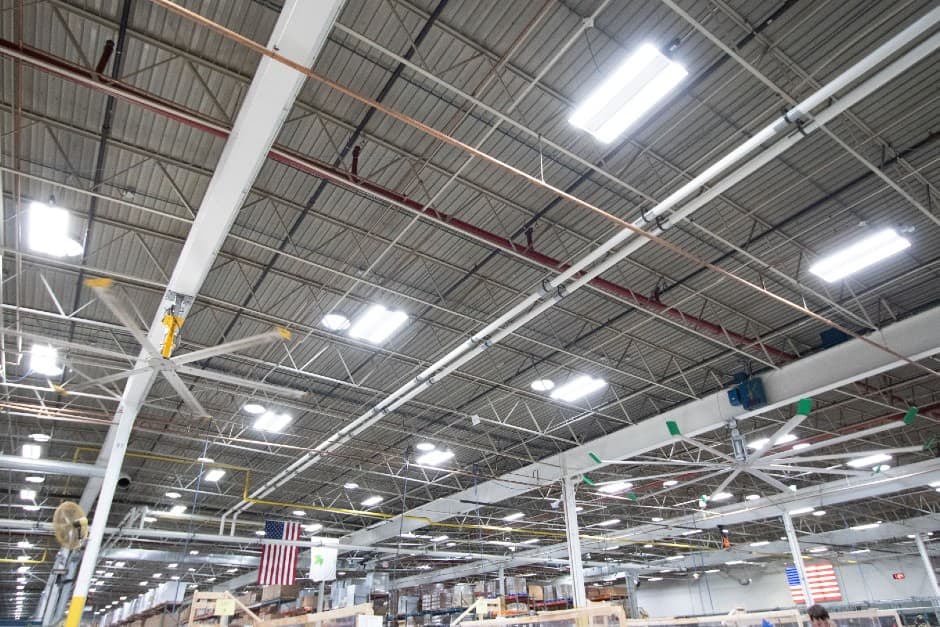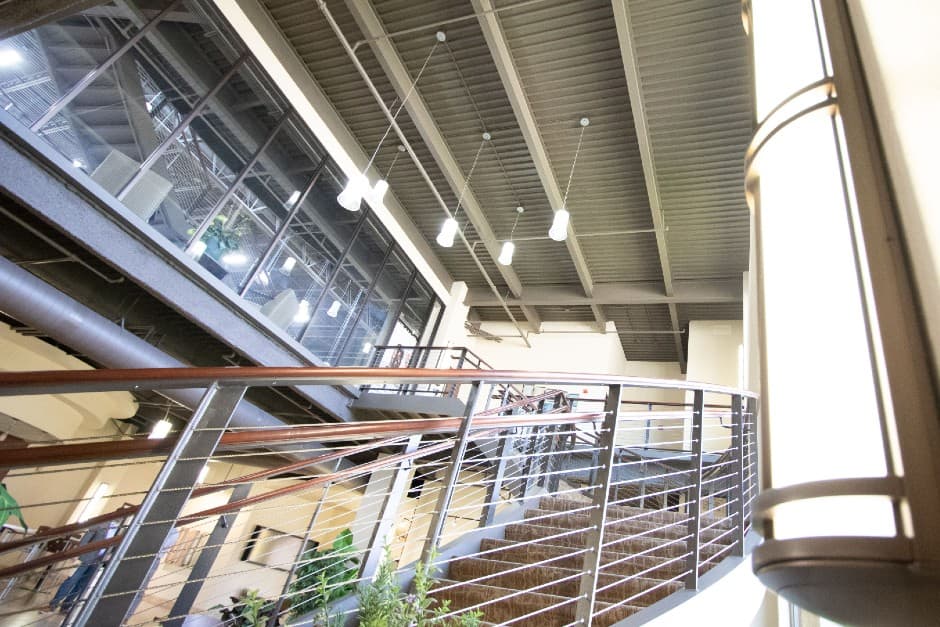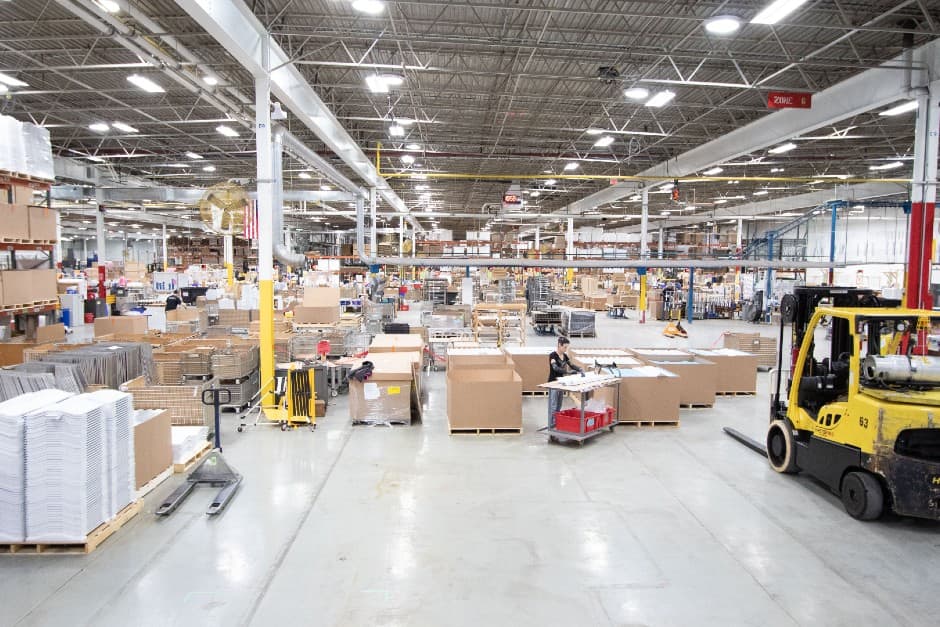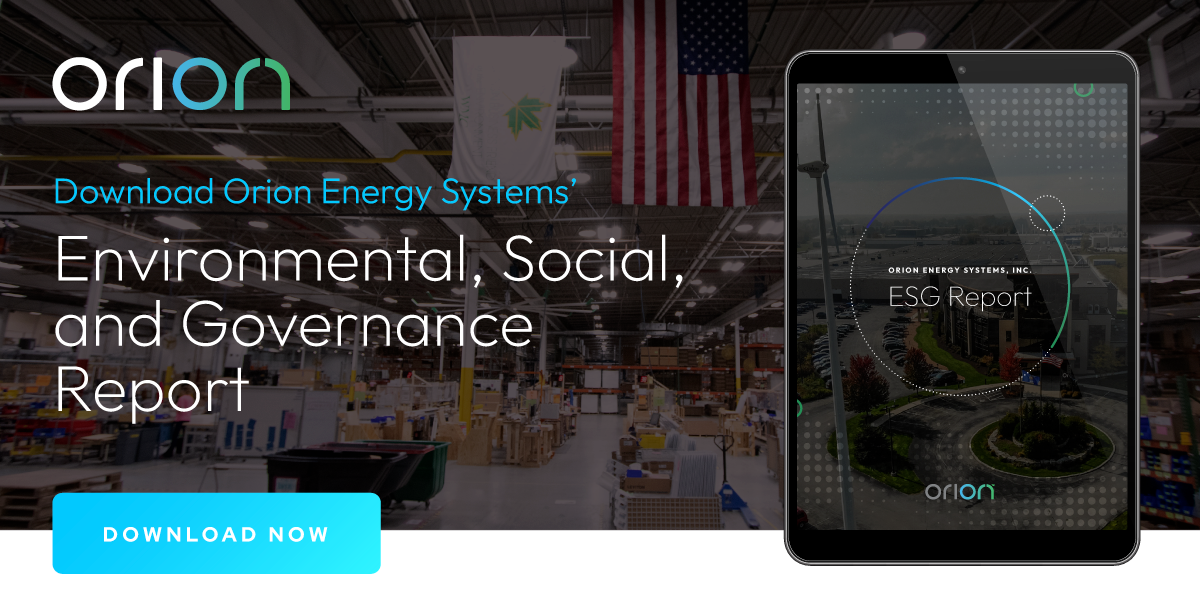LED Lighting Sustainability: How LEDs Reduce Greenhouse Gasses

The simple answer to the question “How do LED fixtures help the environment?” is this: LEDs use significantly less energy than traditional incandescent, halogen, and fluorescent bulbs, and that means they reduce the burden on utilities. And with less stress on the power grid, capacity is freed up and can be used to power America’s growing fleet of energy-efficient EVs (electric vehicles) and other critical needs.
Let’s take a look at some facts illustrating the depth of the impact LEDs can make – on both our environment and energy costs.
The Impact of LED Lighting on the Environment
Discussing LED lighting sustainability, the U.S. Department of Energy (DOE) reported that these fixtures use 75% less energy – and last up to 25 times longer – than other lighting technologies. The collective amount of energy both consumers and commercial organizations can save by using LEDs is not negligible – and when we use less energy, we move closer to our sustainability goals.
Fortunately, a recent lighting efficiency standard (for both consumers and businesses) was put in place by the federal government – the standard being that only light bulbs/fixtures offering at least 45 lumens per watt will be available for purchase as of August 1, 2023. This standard will phase out most halogen and incandescent bulbs, leaving LEDs as the lighting of choice for both residential and commercial use.
The new standard is projected by the DOE to reduce carbon emissions by 222 million metric tons over the course of the next 30 years (and result in an estimated $3 billion in energy cost savings).
Calls for the standard were likely motivated by statistics like this one from the United Nations Environment Programme:
“Electricity for lighting accounts for almost 20% of electricity consumption and 6% of CO2 emissions. If not addressed immediately, global energy consumption for lighting will grow by 60% by the year 2030. This would have dramatic consequences for climate change.”
LED Light Energy Consumption
We also know that LEDs convert 95% of the energy they consume into light, while other lighting options convert as little as 10% into light – and the rest is emitted as heat1. The heat generated by traditional lighting sources increases the demand on HVAC systems to achieve and maintain an ideal temperature, increasing facility operational costs.
The difference between traditional lighting technology and LED fixtures is so significant, in fact, that the Environmental Protection Agency describes LED lighting sustainability this way: If just one light bulb in every house in the U.S. were to be replaced with an LED, greenhouse gas emissions would be reduced by 9 million pounds a year. While that projection uses a residential use case, a similar result would be seen in commercial applications, as well.
Orion customers saw a 177,161 TN carbon reduction in FY 2023 by switching to LEDs
Finally, not only are LED lights more energy-efficient, they do not contain harmful chemicals, such as mercury (which is found in compact fluorescent lamps, or CFLs). As such, they’re considered a safer alternative in terms of their environmental impact on their disposal, and any potential health hazards.
By switching to LEDs, Orion customers realized 10.551 lbs in mercury reduction in FY 2023
The world has recognized that we need to reduce energy consumption if we intend to live in an environment that’s healthy today and for future generations. By reducing the demand for electricity and other energy sources, LED lighting represents a very meaningful step toward reducing greenhouse gasses and achieving environmental sustainability.
Orion’s Sustainability mission is to help its customers achieve their energy savings and carbon footprint reduction goals through innovative technology and exceptional service. You can learn more about how we’re helping customers leverage LEDs to reduce their greenhouse gas emissions, and what we’re doing as stewards of the environment by downloading our 2023 Sustainability Report.
Subscribe to Energy Insights

How to Find Commercial LED Lighting Rebates

Why Investing in Industrial LED Lighting Pays Off Quickly

